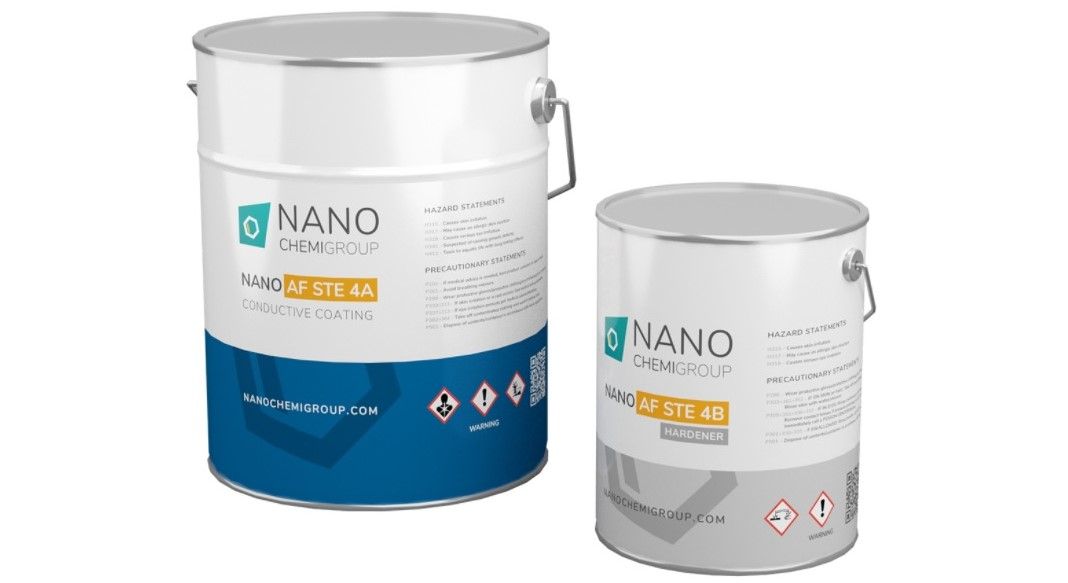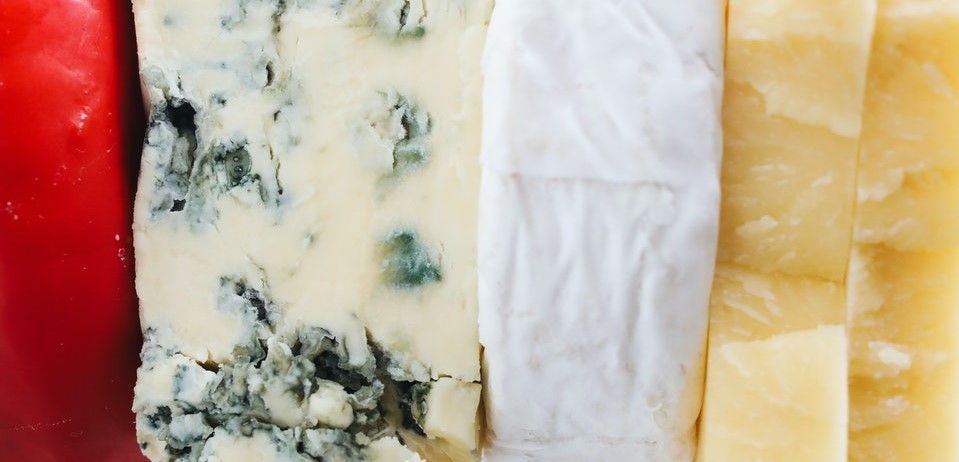Nanotechnology has already done so much to improve products and the quality of life. From targeted pharmaceuticals and improved fertilizers to longer lasting phone batteries and every smaller/smarter electronic devices, nanomaterials are being used almost everywhere.
But what will nanomaterial researchers bring the manufacturing industry during 2022?
1. Improved packaging
With more than one third of all food wasted or spoiled each year, there is a huge demand on manufacturers to make packaging which helps produce last longer.
Consequently, nanotechnologies are being developed which can be added to food packaging with in-built sensors to alert consumers of contamination or decomposition. Polymer coatings are also being created which contain nanomaterials with anti-microbial properties which can destroy pathogens on contact.

One example of how nanomaterials have already improved packaging can be found in the beverage industry, where some large brewers are employing nanotechnology in the production of their plastic beer bottles. They do this by adding clay nanoparticles to fill in the tiny gaps in the plastic and so prevent gases from escaping. This allows the beer to keep its sparkle and retain a fresher taste for longer.
Beyond food, other items that require specialist forms of packaging include manufacturers of electric devices or materials which are highly combustible.
2. Bullet-proofing which is better than Kevlar
Researchers at MIT and Caltech have created a material that, thanks to a super-dense concentration of nanosized structures, can absorb impacts extremely well.
Moreover, because the material only deforms instead of shattering, the scientists predict that the nanoengineered sheeting will out-perform current bulletproof vest technology.

As Carlos Portela, a member of the MIT research team, explains, “The same amount of mass of our material would be much more efficient at stopping a projectile than the same amount of mass of Kevlar.”
The nanotechnology design has now interested numerous manufacturing firms, including a €30 million investment from the Estonian government.
"This is a three-in-one system - a bulletproof vest, a splinterproof vest, and a tactical vest,” says Ivar Janson, a spokesperson for the Estonian Center for Defense Investment (RKIK). “The new system will offer ballistic protection and, in the future, replace the harness and tactical vest.”
Time will tell if this innovation will be ready before the end of the year.
3. Advanced coatings
Researchers are also working hard to create nanotechnologies which can be applied to traditional paints or spray on coatings, as they can provide a whole range of benefits. These include, scratch and crack resistance, UV protection, anti-microbial properties, electrical and thermal conductivity, improved adhesion, and even chemical resistance.
For example, nanomaterial specialists at NANO CHEMI GROUP have already developed a nanotechnology-based concentrate which is applied in coatings used in the automotive, petrochemical, medical, pharmaceutical, and electrical industries.

Thanks to the nanomaterials included in the concentrate, coatings can have properties such as:
· Permanent and stable surface resistivity
· Resistivity without ‘hot spots’
· Reduced VOCs
· Reduced costs and production time
· Uniform heat dissipation
· Improved energy efficiency
· Higher transparency
All while maintaining the same or improved mechanical properties, flexibility, and long life.
While work on other protective barriers is ongoing, nanotechnology coatings with thermal and electrical conductivity are already on the market and are particularly useful in the production of touch panels, solar cells, sensors, heating films with conductive properties for heaters, and other electronic devices and equipment.
To learn more about how NANO CHEMI GROUP (which supports this website) uses nanotechnologies to protect equipment and products from ESD, UV, and chemical corrosion, visit: NANO CHEMI GROUP.
4. Transdermal patches
Many people dislike injections, so the future development of medical patches which can deliver a specific dose of medication under the skin and into the blood stream would be extremely popular.
While patches already exist for molecules that are small enough to penetrate the skin on their own (such as nicotine), other drugs must be administered with traditional needles – but not for long.

As Ohio University notes, “Nanotechnology engineers are exploring ways that microneedles — small needles ranging in size from 100 to 1,000 micrometers long — can be incorporated into transdermal patches to solve this problem. The needles are affixed to a transdermal patch and painlessly penetrate the top layer of the user’s skin, helping denser drugs to pass into the bloodstream. Through nanoelectronics engineering, these patches can also be equipped with pumps that allow the patient or physician to dictate medicine delivery and dosage.”
5. Nanoscale-modification of food
Nanotechnology researchers are also collaborating with nutritionists to improve food. By altering tiny food particles, they hope to be able enhance flavours, textures, and even mineral and vitamin composition.
For example, an ice cream could contain less fat if some of those particles at the smallest scale could be replaced with water. In the same way, chocolate could be made more intense or sweeter, or cheese could contain less salt, but still retain flavour.
Although, whether the market finds such modification palatable remains to be seen.

Predicting the future is never easy. Nanotechnology has already improved so many products, helping to make the world safer, cleaner, and more efficient – and who would have thought of that thirty years’ ago?
However, it is now certain that nanomaterials will take a larger and more significant role in manufacturing throughout the next twelve months and beyond. Whatever happens in the year ahead, material design and manufacturing will continue to be boosted by the application of nanotechnology.
Just imagine that!
Photo credit: Polina Tankilevitch from Pexels, Karolina Grabowska, Nur Andi Ravsanjani Gusma, Shutterbug75 from Pixabay, Stocksnap, & NANO CHEMI GROUP
